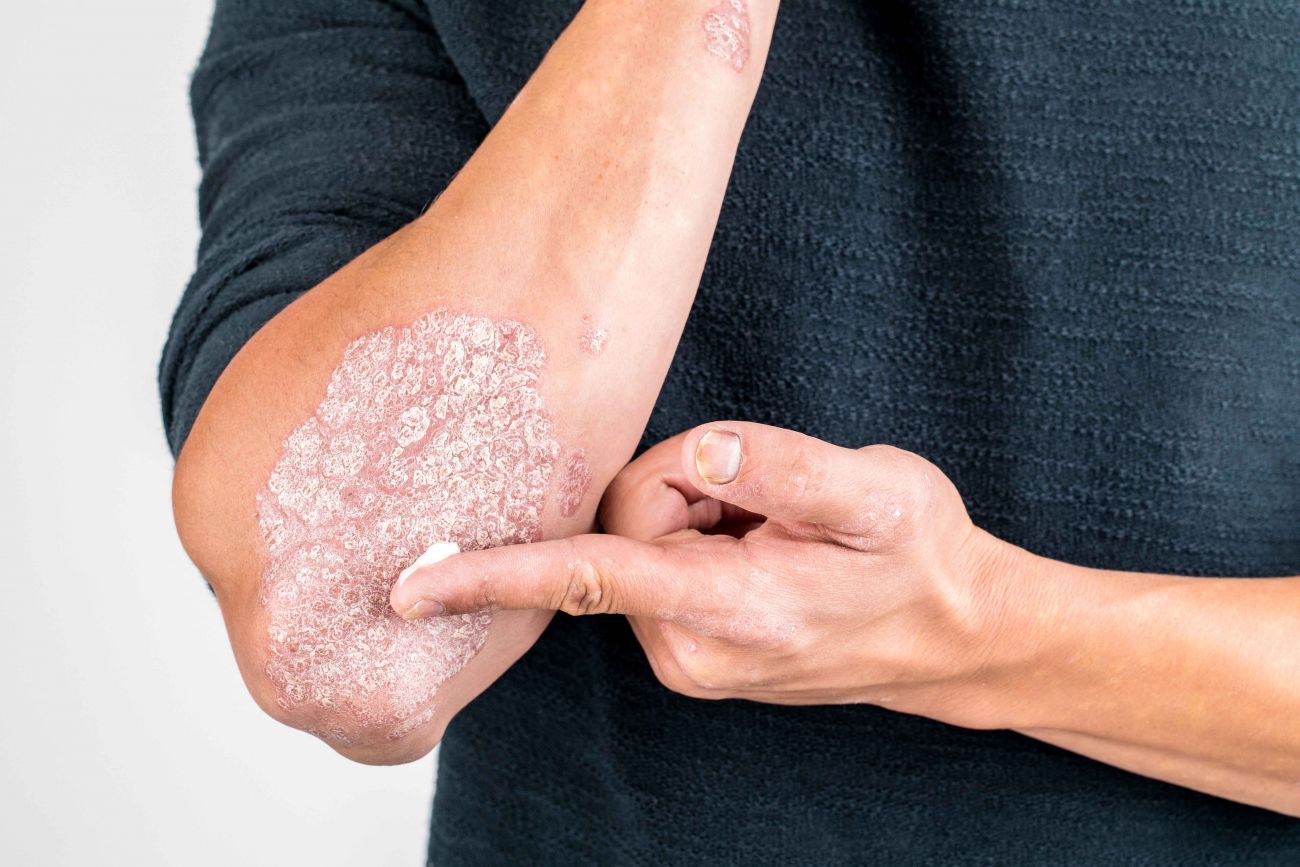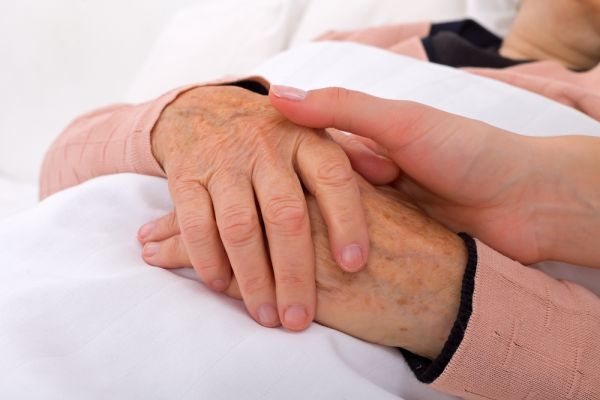“Your skin is your body’s armor. It’s the largest organ in your immune system,” says Francisco Hernandez-Ilizaliturri, MD, Chief of the Lymphoma Section and Head of the Lymphoma Translational Research Lab at Roswell Park.
Your skin can be the site of a type of cancer called cutaneous T-cell lymphoma (CTCL), which can look like eczema or psoriasis, causing scaly or itchy lesions and plaques that cause irritation.
“Mycosis fungoides is the most common type of skin lymphoma in the United States,” Dr. Hernandez-Ilizaliturri says. “This type of lymphoma can cause many different kinds of changes to the skin, all of which tend to grow very slowly.”
Lymphomas of the skin are a rare group of disorders that can spread internally to other organs over time. CTCL represents the majority of diagnosed cases. Life expectancy is excellent for patients with early-stage CTCL (stage 1A) who undergo treatment.
How Is CTCL Diagnosed?
Patients with CTCL are usually diagnosed by a dermatologist after developing skin lesions that look like psoriasis or eczema. The diagnosis is established by a skin biopsy of a suspicious lesion.
Several types of lesions can be seen in patients with CTCL: plaques (areas of dry skin), papules, tumors or ulcers. It’s possible for a person to have different types of lesions on their body at the same time, especially as the disease progresses, and the lesions might become thicker over time.
Some patients develop erythroderma, a condition that causes a lot of itching and makes it look as if they have a “permanent suntan.” It is possible for CTCL to eventually spread internally, causing cancer to develop in the blood or other internal organs.
After a diagnosis of CTCL, the disease will be staged to determine the severity of the cancer and whether it has spread internally. This will include a skin check to spot lesions and see how severe they are, a physical exam to look for enlarged lymph nodes, blood tests to see if cancer cells are circulating in the blood and a PET scan.
“It is very important that the PET scan is interpreted cautiously to properly stage the patient,” Dr. Hernandez-Ilizaliturri says. “We do all this to see how advanced the disease is. Most patients are diagnosed when the disease is confined to the skin, and therefore they have a very long survival rate. Around 90% of patients with early-stage CTCL are expected to live at least five years.”
How Is CTCL Treated?
CTCL is not a disease that can be eradicated or cured, and it will require careful treatment over the course of the patient’s life, he explains. Untreated lesions, especially ones that are ulcerated, can open the door to infection, leading to severe and possibly life-threatening conditions such as septicemia (blood poisoning).
Skin-directed therapies include topical agents such as steroids and retinoic acid derivatives. Depending on where the lesions are located, some aspects of care may focus on appearance, but in general, treatment of CTCL is not considered cosmetic. Skin-directed therapies can also include topical chemotherapy agents and low-dose radiation along with phototherapy, because some lesions can respond to ultraviolet light. In patients with erythroderma or severe itching from CTCL, photopheresis can be utilized with some success. Doctors need to be careful when treating CTCL patients with UV light, to keep from increasing the patient’s risk of developing melanoma or other forms of skin cancer.
Systemic therapies for CTCL (which circulate through the entire body) include chemotherapy drugs, antibody-drug conjugates, small molecule inhibitors (for example, histone deacetylase inhibitors), interferon and monoclonal antibodies. If a treatment administered through an IV is as potent as an oral medication, doctors will usually prescribe the oral medication, because it’s easier on the patient.
The FDA recently approved two novel agents for treatment of CTCL: brentuximab vedotin (Adcentris) and mogamulizumab (Poteligeo), and research is driving the development of new, less-toxic treatments.
Why Roswell Park for Lymphoma Treatment?
Read about what makes Roswell Park unique when it comes to treating Lymphoma.
Learn MoreA Team Approach
As with any treatment, there are concerns about side effects, including disorders of the metabolism, such as thyroid or cholesterol problems, but Dr. Hernandez-Ilizaliturri stresses that CTCL patients have a team of doctors working together to identify and provide the best care for the patient.
“You cannot take care of CTCL patients alone,” he says. “At Roswell Park, we have a team of medical oncologists, dermatologists, radiation oncologists, dermatopathologists, clinical pharmacists and advanced providers who focus on the care of CTCL patients.”
It’s important to remember that CTCL is something people can live with for decades while continuing to live a normal life, as long as they take good care of their skin and work closely with their cancer care team.


